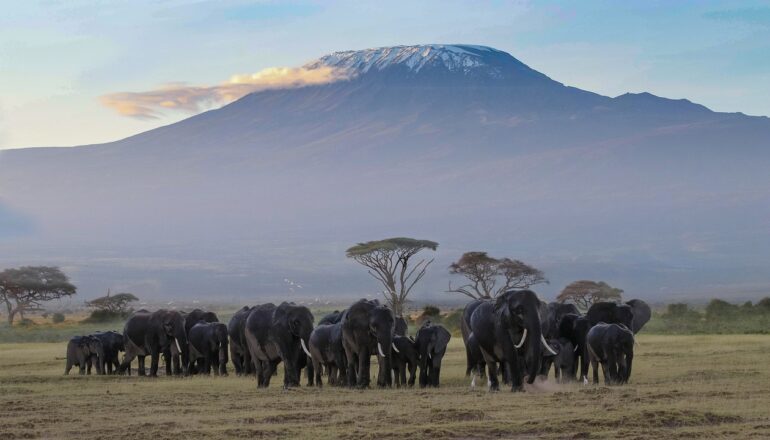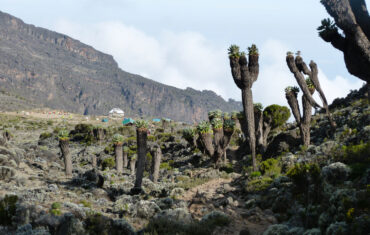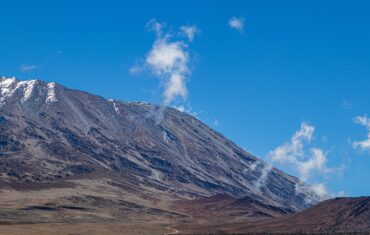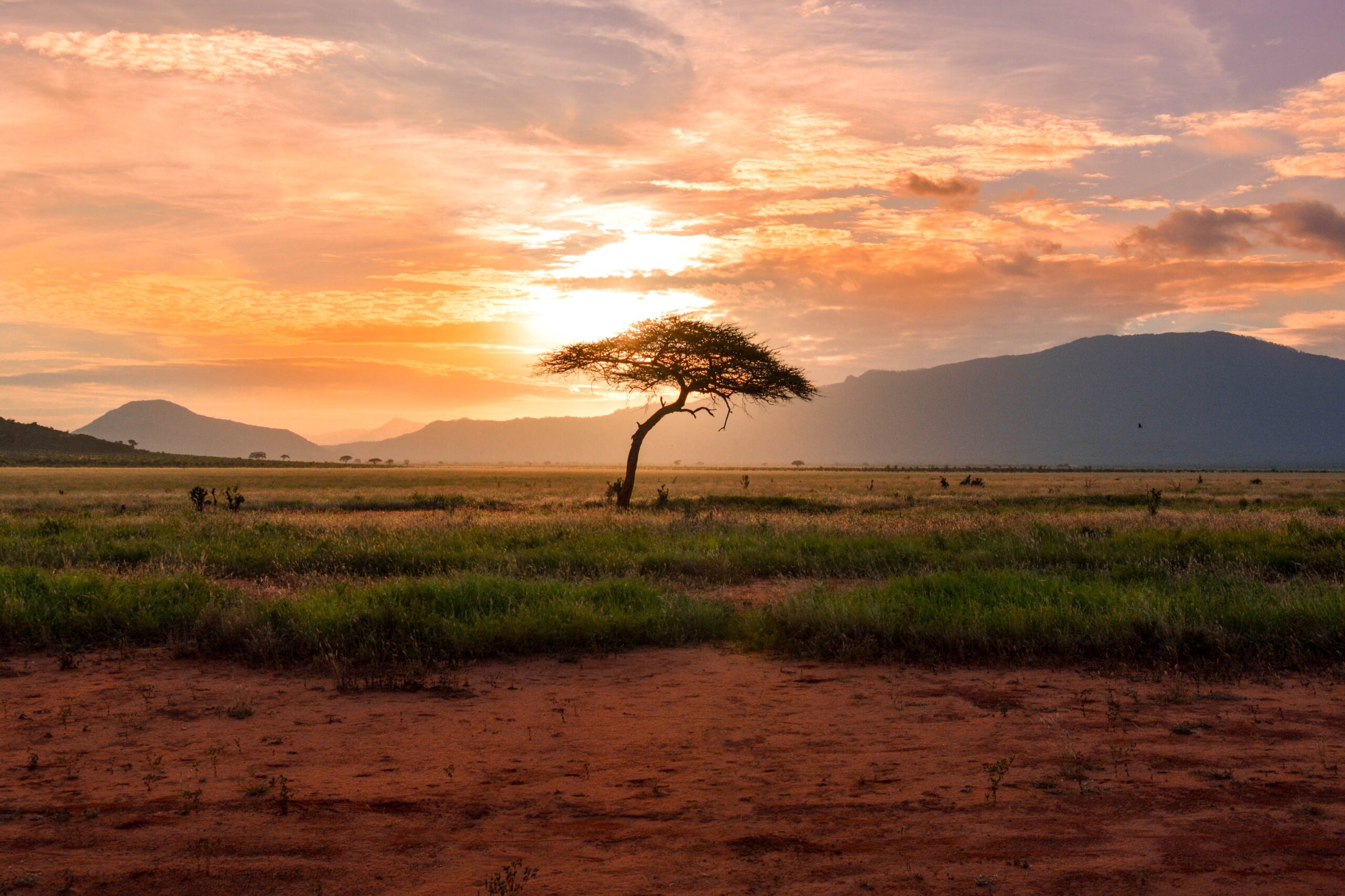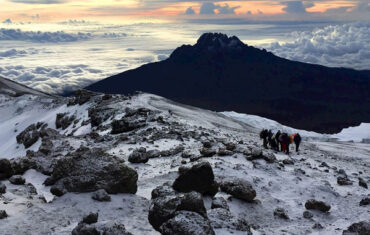Introduction:
Embarking on the thrilling journey of scaling Africa’s highest peak, Mount Kilimanjaro, is a dream for many adventure enthusiasts. However, before you take on this remarkable challenge, it’s crucial to understand the various expenses involved. In this comprehensive guide, we will explore the key factors that influence the cost of climbing Mount Kilimanjaro, providing you with insights to effectively plan your budget for this extraordinary expedition.
Key Factors Affecting the Cost of Climbing Mount Kilimanjaro:
1. Navigating Climbing Routes:
When it comes to climbing Mount Kilimanjaro, one of the first decisions you’ll need to make is choosing the route that suits you best. There are several options available, each with its own duration, level of difficulty, and associated costs. Let’s take a closer look at these routes and how they impact the overall cost of your climb.
For instance, the Marangu route, known as the “Coca-Cola” route, is often considered the most affordable option. However, this route may compromise on acclimatization, which is crucial for a successful summit. On the other hand, the Machame route offers a more gradual ascent and better acclimatization, but it might come with slightly higher costs due to its popularity and longer duration. Therefore, your choice of route not only affects the total expenses but also impacts your chances of a successful climb.
2. Climbing Packages and Tour Operators:
Many climbers opt for guided expeditions, which provide a range of services to ensure a safe and enjoyable climb. These packages typically include permits, accommodation, meals, guides, porters, and sometimes even equipment. The cost of these packages can vary significantly based on factors such as the reputation of the tour operator, the chosen route, the size of the group, and the level of comfort provided.
Choosing a guided expedition can offer numerous benefits. Guides are familiar with the terrain, weather conditions, and altitude challenges, enhancing your chances of a successful summit. Porters help carry your gear, allowing you to focus on the climb itself. While guided expeditions may seem costlier upfront, they often prove to be more cost-effective in the long run, considering the convenience and safety they provide.
3. Permit Fees:
Before you set foot on Mount Kilimanjaro, you’ll need to secure permits from the Kilimanjaro National Park Authority (KINAPA). These permits grant you access to the mountain and contribute significantly to the overall cost of climbing Mount Kilimanjaro. The fees for permits vary depending on the chosen route and the duration of the climb.
For example, if you opt for the shorter Marangu route, the permit fees may be lower compared to the longer Lemosho or Northern Circuit routes. It’s important to include these permit fees in your budgeting process and stay updated on any changes that may occur. While permit fees are an unavoidable expense, they are an essential investment that allows you to experience the breathtaking beauty of Kilimanjaro’s landscapes.
4. Accommodation Options:
During the ascent, climbers lodge at designated campsites or huts along distinct routes. Accommodation options span basic camping to more luxurious huts with amenities. The lodging cost is route-specific and package-dependent. While economical options exist, opulent tours offer enhanced comfort and services.
5. Additional Expenses:
Accounting for ancillary costs proves integral to budgeting for the Kilimanjaro climb. These encompass airfare to Tanzania, travel insurance, visa charges, equipment rental or purchase, gratuities for guides and porters, medical assessments, and vaccination expenditures. Incorporating these factors ensures a seamless, stress-free expedition.
6. Budgeting Tips:
To help manage the cost of climbing Kilimanjaro, here are some useful budgeting tips: research and compare tour operators, choose a route that suits your budget, consider joining group climbs for cost sharing, pack essential gear and equipment in advance, book flights and accommodation well in advance to secure better deals, and maintain a contingency fund for unexpected expenses.
Conclusion:
Climbing Mount Kilimanjaro is an adventure of a lifetime, one that reshapes your perspective and fills your heart with awe. However, a successful ascent requires a clear understanding of the cost of climbing Mount Kilimanjaro. By grasping the factors outlined in this guide – from the climbing routes and tour packages to permit fees, accommodation options, and extra expenses – you’ll be armed with the savvy to budget like a pro for your grand expedition. Keep in mind, scaling Kilimanjaro isn’t just an investment in the thrill of the climb; it’s a chance to connect with nature’s splendor on this iconic peak. So, strategize wisely, prepare meticulously, and set forth on this unforgettable escapade with confidence in your pocket and joy in your heart.

